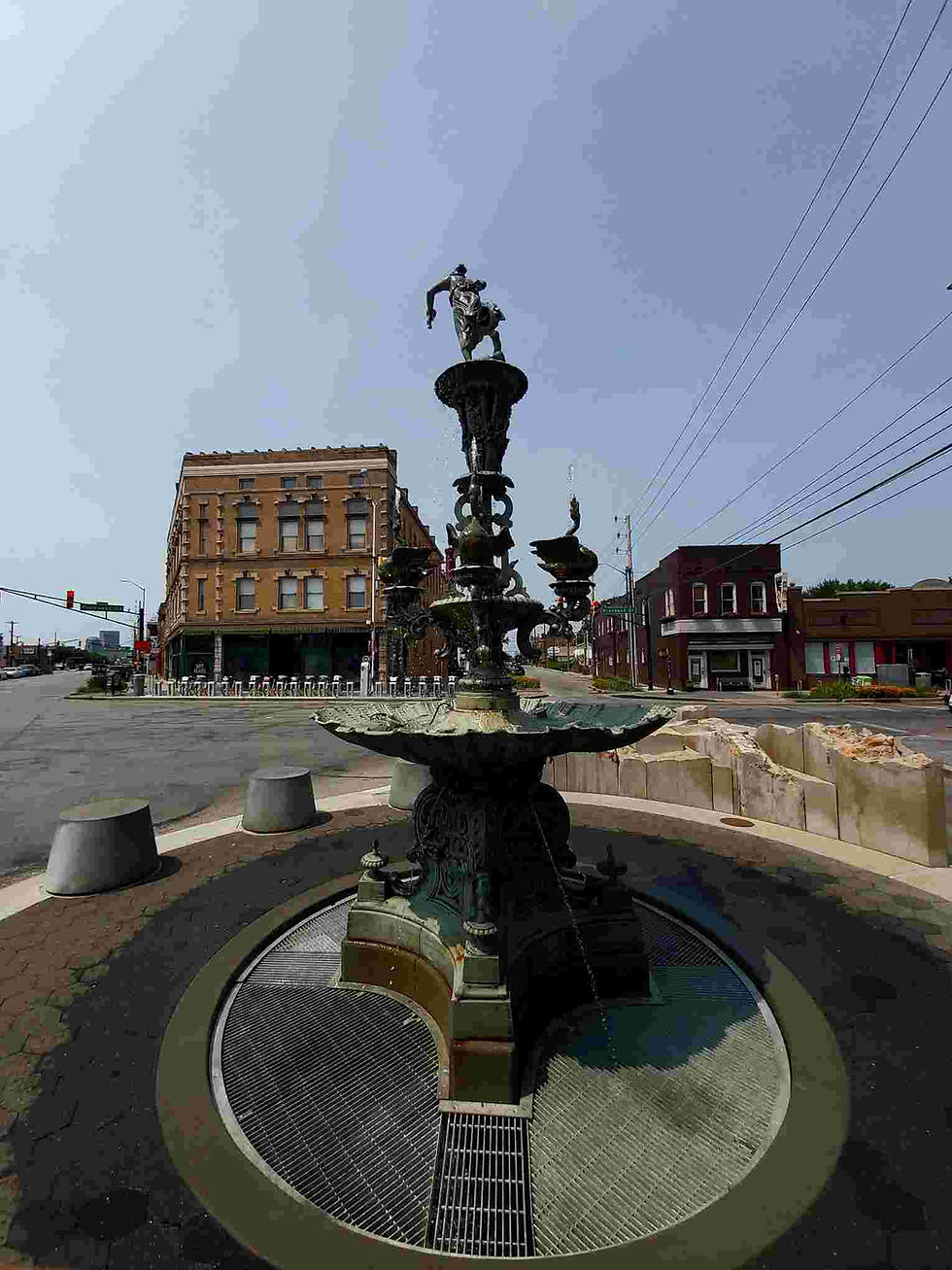Spain: Almagro
- Matthew P G

- Feb 3, 2023
- 3 min read

Plaza Mayor. June 2018
During the 1950s, the Corral de Comedias was discovered and restored. The Town Hall and Plaza Mayor were also restored. In 1972, Almagro was declared a Historical-Artistic Zone (Conjunto Histórico-Artístico). Numerous buildings were restored, including churches, palaces, houses, and hermitages. The National Museum of Theatre was established in a spot near orchards and wine cellars; a special building was later built for it. Almagro became a center for the dramatic arts in the region, and the International Festival of Classical Theater (Festival Internacional de Teatro Clásico) was put on here.
(Wikipedia)
On my week of day trips from Madrid, I was traveling to huge old windmills in the region of Ciudad Real. Nearby, Almagro was recommended as a place to visit due to its connection to live theatre. In fact, it contains one of Spain's last original theatres from its literary Golden Age, Corral de Comedias.
The Open Air Theatre, declared a National Monument, dates from the 16th century and is a classical site where theatrical works were performed during the Spanish Golden Age. Its galleries, stage and dressing rooms can be visited and, in addition, every year they house the International Classical Theatre Festival. The Hospital of San Juan, the Municipal Theatre, Los Fúcares courtyard and the Dominican Cloister are added to the street stages which, for about a month, transport Almagro back to the time of Lope de Vega, Tirso de Molina or Calderón de la Barca.
On a visit to Bavaria, MAP was busy at work so SFP and I took a drive toward the mountains one day. On that jaunt I noted "Oberammergau" as an exit on the autobahn and I asked her to indulge me to have a quick look. I had grown up hearing about the "Passion Play" from this small town in Germany that has been performed every 10 years since 1634. I just had to see the place. Well, it was a large building with a massive parking lot. I was in Oberammergau, but if one was not visiting during the time the play was going on, it was just another small Bavarian town - except with a huge theatre.
Almagro holds a huge, international festival of theatre and the setting could not be better. All the venues are clustered around its Plaza Mayor in the center of the old town. The festival must be an amazing time to visit the city. Otherwise, like Oberammergau, Almagro was pretty much a normal town in Central Spain when its festival wasn't going on. It was notable for its lovely old city center and I had a nice lunch there (as I always did in Spain). In that way, it was far better than tiny Oberammergau which really seems to exist only for its decadal play.
I love live theatre and Almagro must put on quite the spectacle during its festival. However, I take note that it is an International Festival of Classical Theatre. It could well be English offerings would be Shakespeare rather than something popular on the West End. Were the offerings in Medieval Spanish, I must admit that it would be similar to watching Kabuki in Japan - just marveling at the spectacle of it all and understanding only a small portion.
Visiting places that are famous only once a year (or even once a decade) when their "event" is not being held teases the visitor into wondering what it is like when it is bustling and busy. New Orleans outside of Mardi Gras, YES. Oberammergau when the Passion Play is not happening, NO. Almagro was somewhere in between.



Comments